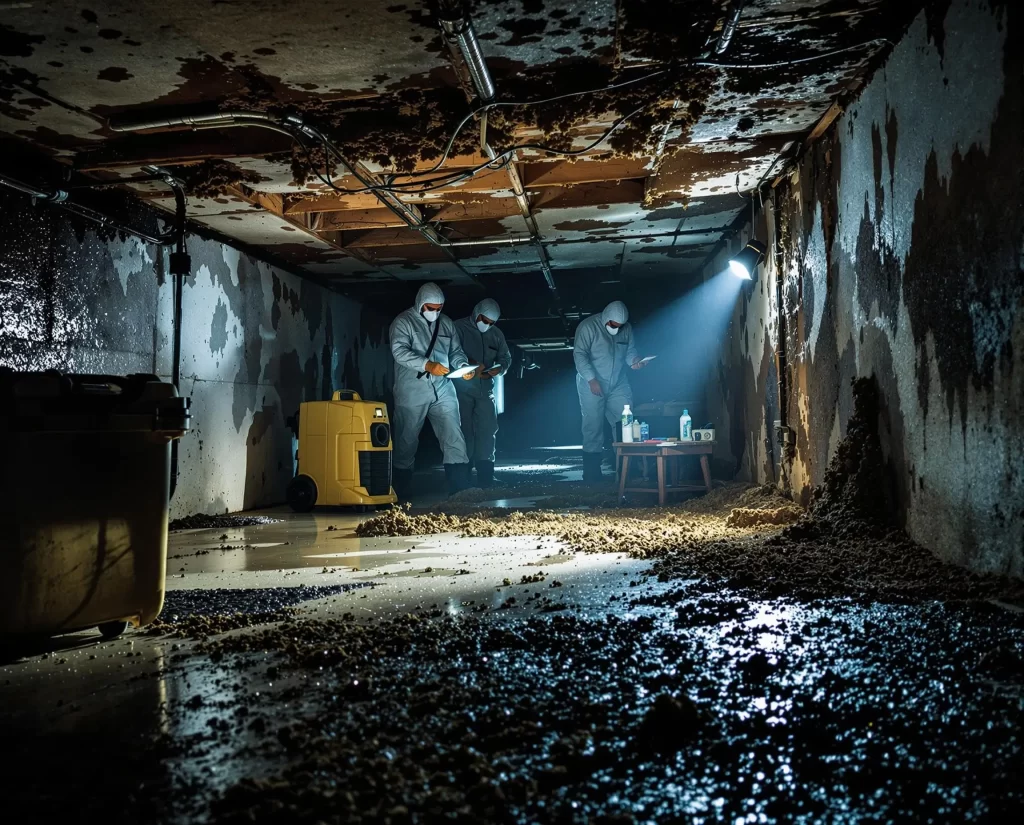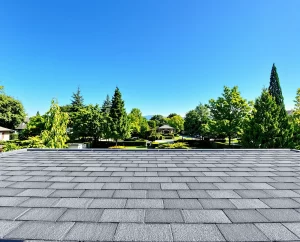Mold in Crawl Space: Identification, Prevention and Removal
If you find yourself uncomfortable with the thought of mold lurking in your crawl space, you're not alone. Many homeowners share this concern. In this guide, I'll walk you through everything I need to know about identifying, preventing, and removing mold from my crawl space.
Identifying Mold in My Crawl Space
The first step in addressing mold is recognizing its presence. Mold can thrive in dark, damp areas like crawl spaces, making identification crucial for a safe home environment.
Signs of Mold Growth
When I’m checking for mold, here are the signs I often look out for:
- Musty Odors: A strong, unpleasant smell is often the first sign.
- Visible Mold: Green, black, or white spots can appear on wood or insulation.
- Water Stains: Discoloration on surfaces might indicate moisture accumulation.
How to Inspect My Crawl Space
Inspecting my crawl space requires a systematic approach:
- Ventilation Check: Ensure proper airflow.
- Humidity Levels: Use a hygrometer to measure moisture.
- Visual Inspection: Look around beams, insulation, and walls.
Causes of Mold in My Crawl Space
I need to understand what contributes to mold growth if I'm going to tackle it effectively.
Common Causes
- High Humidity: Excess moisture can lead to mold.
- Poor Drainage: Water pooling near the foundation often causes issues.
- Leaks: Plumbing issues contribute significantly to mold growth.
Prevention Strategies
To prevent mold, I’ll implement the following strategies in my crawl space:
Preventing Mold in My Crawl Space
Taking proactive measures is essential in keeping mold at bay. Here’s how I can do it.
Improve My Ventilation
Enhancing airflow can drastically reduce moisture levels. I can consider:
- Installing vents
- Using fans during humid months
Control Humidity Levels
To manage humidity:
- Use dehumidifiers
- Ensure proper sealing of vents
Maintain Proper Drainage
This step is critical. I need to:
- Ensure gutters are clean
- Install downspouts that direct water away from my foundation
Removing Mold from My Crawl Space
If I discover mold, it’s time to act. Here’s how I tackle it effectively.
DIY Mold Removal Steps
If I decide to remove mold myself, I should follow these steps:
- Protective Gear: Always wear gloves, masks, and goggles.
- Cleaning Agent: Use a mixture of water and vinegar or a commercially available cleaner.
- Scrubbing: Use a scrub brush to clean affected areas.
When to Call Professionals
If the mold covers a large area (greater than 10 square feet), or if I'm unsure about the safety of the removal process, it’s best to hire professionals to ensure thorough removal.
DIY vs. Professional Services
While DIY methods may seem attractive, tackling mold can pose risks.
Risks of DIY
- Health Risks: Mold can cause allergies and respiratory issues.
- Incomplete Removal: I might miss hidden mold.
Benefits of Hiring Professionals
- Thorough Assessment: Experts can accurately gauge the mold's extent.
- Safe Removal: Professionals come equipped with safety tools to handle hazardous spores.
Testimonials
“I thought I could handle the mold in my crawl space myself, but I was glad I called the pros. They were quick and efficient!” — Sarah J., Worcester, MA
“I can’t believe how effective the team was! My crawl space looks incredible and smells fresh.” — Mike R., Worcester, MA
“After years of worrying about mold, I finally got it dealt with. It was worth every penny!” — Linda K., Worcester, MA
Did You Know?
Did you know that mold can double in size within 48 hours when exposed to moisture? This emphasizes the importance of early detection and intervention.
TL;DR Summary
- Mold indicators include musty odors, visible spots, and water stains.
- Prevention involves improving ventilation, controlling humidity, and ensuring proper drainage.
- DIY removal is risky; professional services ensure thorough and safe removal.
FAQs
1. How do I know if I have mold in my crawl space?
If I notice musty odors or see discoloration on wooden surfaces, I should suspect mold. Regular inspections will help me catch it early.
2. Can mold affect my health?
Yes, exposure to mold can lead to respiratory problems and allergic reactions. If I suspect mold, it's crucial to address it immediately.
3. What are safe methods to remove mold?
For small patches, I can use a mixture of vinegar and water. However, it's best to consult professionals for extensive areas to ensure complete removal.
4. How can I keep my crawl space dry?
Maintaining proper drainage, using a dehumidifier, and improving ventilation are key strategies in keeping my crawl space dry and mold-free.
5. Why should I hire professionals instead of doing it myself?
Professionals have the tools and expertise to ensure thorough mold removal and to prevent future growth, minimizing health risks for my family.





